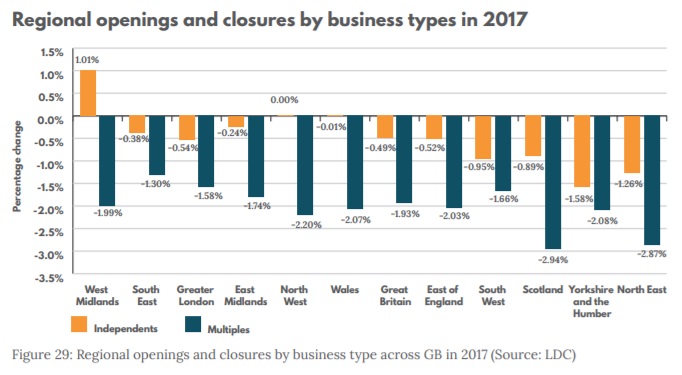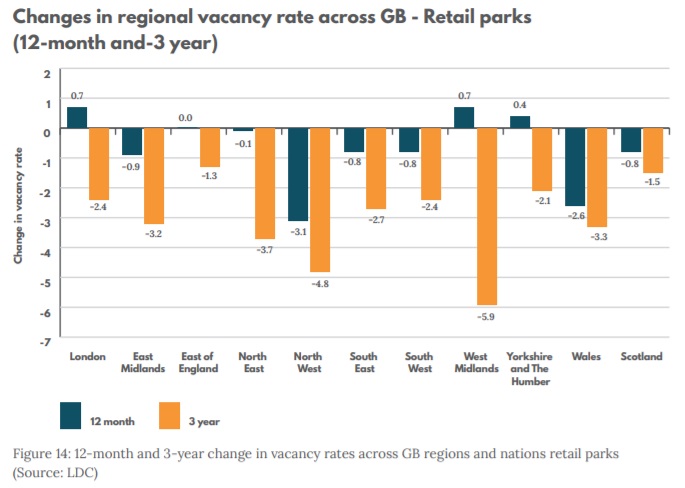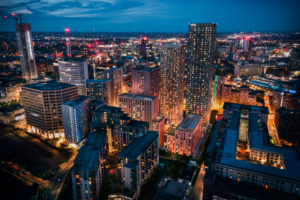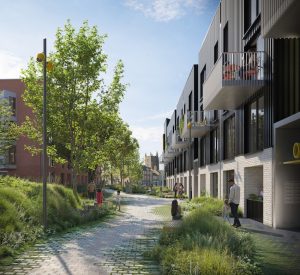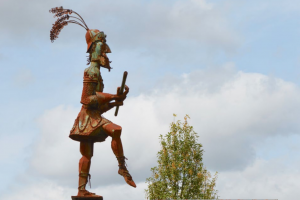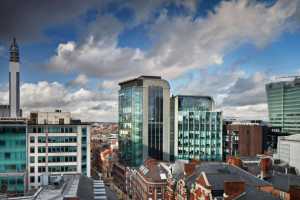Independent retailers lead the way as region’s high streets show resilience

The West Midlands was the only region to show a net increase in the number of independent retailers last year.
Birmingham, Dawley near Telford, and Wombourne in south Staffordshire, saw the strongest increases, going against the national trend and enabling the region as a whole to show a “marginal increase” of 1%.
Analysis by data experts Local Data Company showed there was a net fall of 1,483 independents and 4,010 multiples across the UK in 2017.
There was also good news, relatively speaking, on West Midlands’ high streets. The region had a net loss of only 22 units, when all others had at least 100 and Scotland had 520 closures.
Although the West Midlands saw a slight drop in the number of occupied units on retail parks – with Carpetright and Brantano Footwear closures contributing – changes did allow for some consolidation.
For example, at Malvern Retail Park in Worcestershire the closure of the Arcadia brands – Evans, Dorothy Perkins, Burton Menswear – resulted in the unit being merged to open a larger Pets At Home store, while the former Brantano Footwear unit was merged with another vacant unit to create a space for Shoezone.
Despite a trickier 2017, the West Midlands had the strongest three-year performance in the retail park market in terms of vacancy rate, falling 5.9% over three years.
However the sector is facing a more challenging 2018, with the administration of prominent retail park brands such as Toys R Us and Maplin.
“The ‘crisis’ on the high streets is making headlines on a daily basis – moreover this has seemingly progressed to an ‘apocalypse’ and ‘blood bath’ in some recent coverage I have seen,” said The Local Data Company’s Lucy Stainton.

Lucy Stainton
“With many household names struggling, if not falling casualty of cautious consumer sentiment and the constant pressure to innovate and invest, it’s no wonder there is such a focus on our industry.”
However Stainton highlighted that the national increase in vacancy rates is “perhaps more marginal that might be expected” given the headlines. She pointed to the increase in barbers, with 624 opening almost matching the closure of 711 retail banks, and beauty salons, where the addition of 388 units balanced out the closure of 349 estate agents last year.
She added: “Our high streets are undergoing a huge transformation, and whilst this is accelerating, some of these sub-sectors have been quietly acquiring space now for the last 5 years. Since 2012, over 2,000 barbers have opened up, we have 1,235 more coffee shops and another 2,000 vaping shops.
“Overarchingly, the sub-sectors growing across Great Britain have services or propositions which cannot be replicated online, those which are closing can very readily be replicated digitally.”

